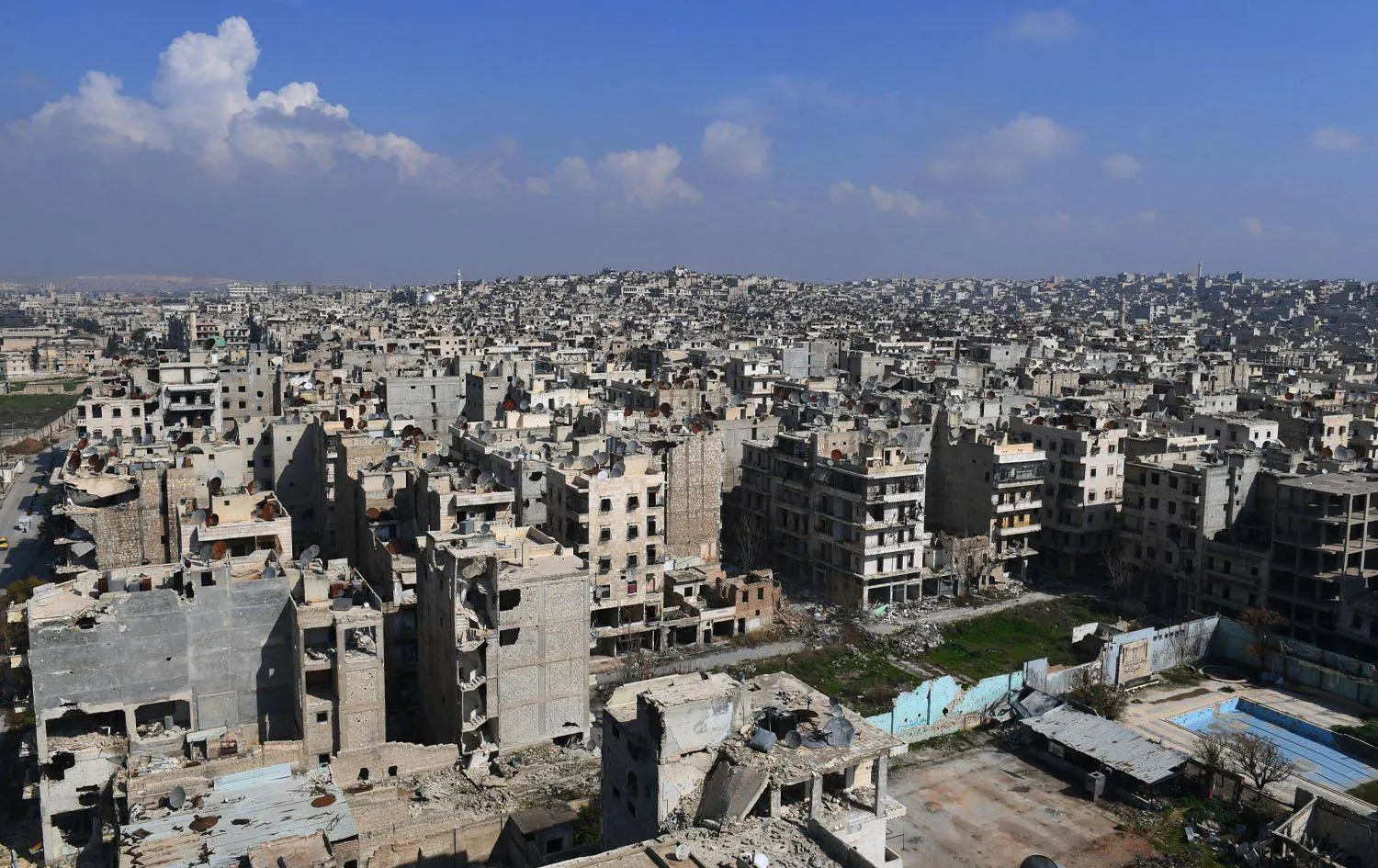Iraqi Prime Minister Mohamed Shia al-Sudani received on Thursday a telephone call from US Secretary of State Antony Blinken, who congratulated him on the October 27 formation of his government.
During the call, both sides affirmed their mutual commitment to the US-Iraq Strategic Framework Agreement signed in 2009 and underscored the importance of strengthening and developing bilateral ties in various fields, according to a statement by the PM’s office.
Blinken also conveyed that the US is eager to work with the government and people of Iraq to improve respect for human rights, increase economic opportunities, advance Iraq’s energy independence, and address the climate crisis.
He reaffirmed the US commitment to supporting Iraq in the enduring defeat of ISIS and welcomed Sudani’s call for reforms and pledge to fight endemic corruption.
They further shared interest in preserving Iraq’s security, stability, and sovereignty.
Sudani has met with US Ambassador to Iraq Alina Romanowski about four times since taking office.
Meanwhile, the Coordination Framework forces question Washington’s seriousness, whether in withdrawing from Iraq or establishing balanced relations with it, especially after the killing of Iran’s Quds Force commander Qassem Soleimani and Popular Mobilization Forces (PMF) deputy chief Abu Mahdi al-Muhandis in a drone strike near Baghdad airport in January 2020.
The Strategic Framework Agreement signed by the government of former Iraqi Prime Minister Nuri al-Maliki and then-US President Barack Obama is divided into two parts. The first stipulates the withdrawal of US forces from Iraq by late 2011, and the second part ensures, among other things, keeping advisers and technicians to train Iraqi forces.
Following their withdrawal from Iraq in late 2011, former Iraqi PM Haider al-Abadi asked for their return to help in defeating ISIS, which seized three provinces west of the country in June 2014.
However, after Iraq declared victory over ISIS in late 2017, the presence of US forces in the country sparked disputes among political parties, given that the US formed an international coalition to defeat the terrorist group including more than 60 countries.
On January 6, 2020, Iraq’s parliament issued a non-bonding decision compelling the government, then headed by Adel Abdul-Mahdi, to expel US troops in the aftermath of the US-targeted killing of Soleimani and Muhandis.
When Mustafa al-Kadhimi became prime minister, he engaged in long discussions with Washington to reconsider the agreement amid a comprehensive rejection of the American presence by many armed factions that targeted with missiles the fortified Green Zone, where the US embassy is located, for more than a year.
After two visits by Kadhimi to Washington, the Strategic Framework Agreement was renewed and both sides announced their commitment to it.









